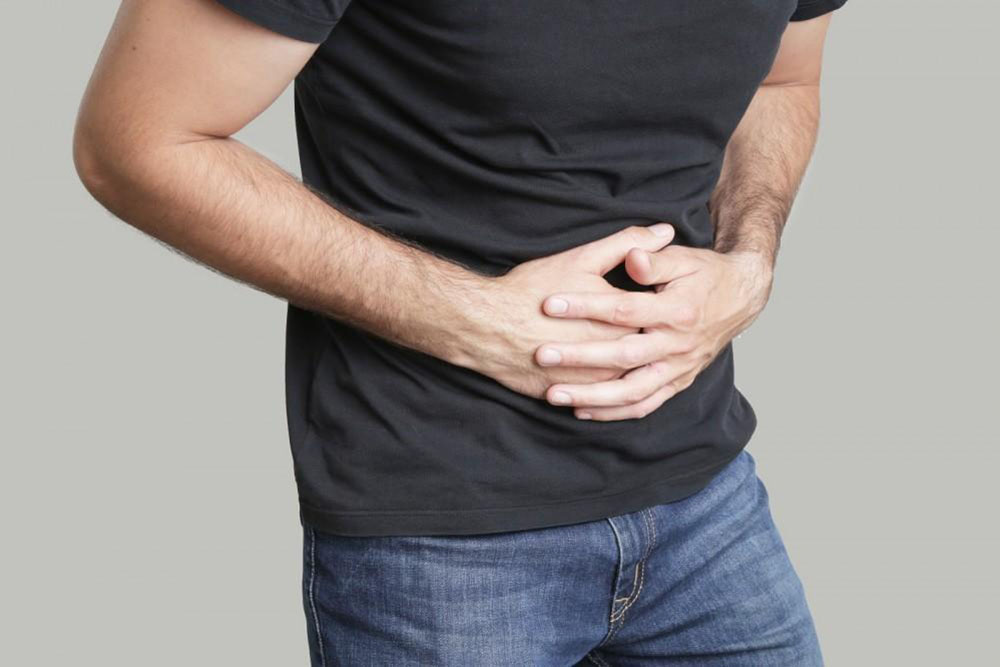What Is Eosinophilic Esophagitis?
Eosinophilic esophagitis (EoE) is a chronic allergic inflammatory condition of the esophagus. It occurs when white blood cells called eosinophils build up in the lining of the esophagus, leading to pain, swelling, and difficulty swallowing. EoE can affect both children and adults and is classified under ICD-10 code K20.0.
Common Causes and Risk Factors
- Food allergies (milk, wheat, soy, eggs, nuts, seafood)
- Environmental allergens (dust, pollen, pet dander)
- Personal or family history of asthma or eczema
- Genetic predisposition to allergic conditions
- More common in males, especially under age 40
Signs and Symptoms
- Difficulty swallowing (dysphagia)
- Sensation of food sticking in the throat
- Chest or upper abdominal pain
- Persistent heartburn unresponsive to standard treatments
- Poor growth, vomiting, or feeding difficulties in children
How Dr. Rishi Diagnoses Eosinophilic Esophagitis?
Dr. Rishi uses a step-by-step approach:
Medical History and Physical Exam
Reviews your symptoms, prior treatments, family history of allergies/asthma, and any risk factors.
Upper Endoscopy with Biopsy
Inserts a small camera to look for inflammation or rings, then takes tiny tissue samples to count eosinophils.
Allergy Testing
Performs skin or blood tests to identify food and environmental triggers.
Additional Studies (as Needed)
- pH monitoring to rule out reflux disease
- Esophageal motility or swallowing studies to assess function
Frequently Asked Questions
What is eosinophilic esophagitis?
A chronic immune condition where eosinophils (a type of white blood cell) build up in the esophagus, leading to inflammation and difficulty swallowing.
What causes eosinophilic esophagitis?
It’s often triggered by food allergies (like dairy, wheat, eggs), environmental allergens, and an overactive immune response in the esophagus.
How does Dr. Chadha diagnose EoE?
He performs an upper endoscopy and takes esophageal biopsies to confirm eosinophil levels and rule out other causes of symptoms.
What are common symptoms of EoE?
Symptoms include trouble swallowing, food impaction, chest pain, heartburn, and in children, feeding difficulties and poor growth.
What is the ICD-10 code for eosinophilic esophagitis?
The diagnosis code used for medical records and insurance is K20.0.
How is eosinophilic esophagitis treated?
Treatment may include dietary changes, proton pump inhibitors (PPIs), swallowed topical steroids, and allergy management.
Can diet changes really improve EoE?
Yes. Elimination diets that remove common trigger foods often lead to significant symptom and inflammation reduction.
Are swallowed steroids safe?
Yes. Dr. Chadha uses topical corticosteroids like budesonide or fluticasone, which have minimal systemic effects when used properly.
Will I need regular follow-ups?
Yes. Periodic endoscopies help monitor treatment response and adjust the care plan if needed.
How can I schedule an appointment with Dr. Chadha?
Contact GastroDoxs in Houston to book a consultation and receive expert care tailored to your condition.











